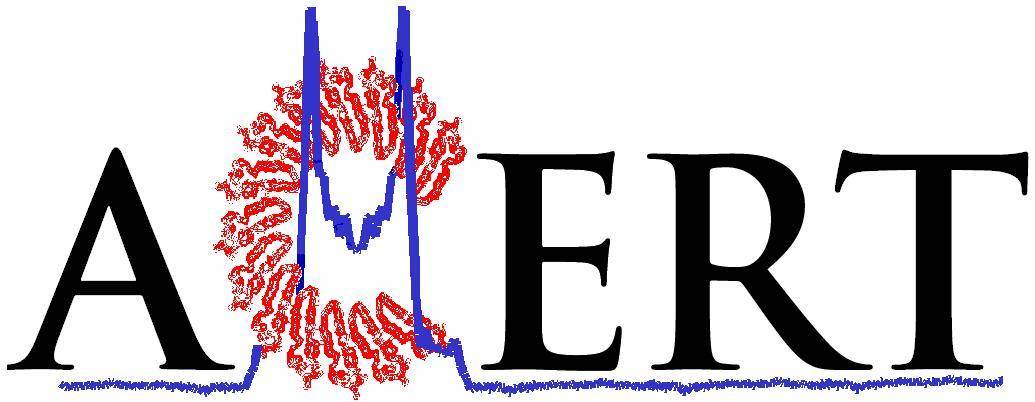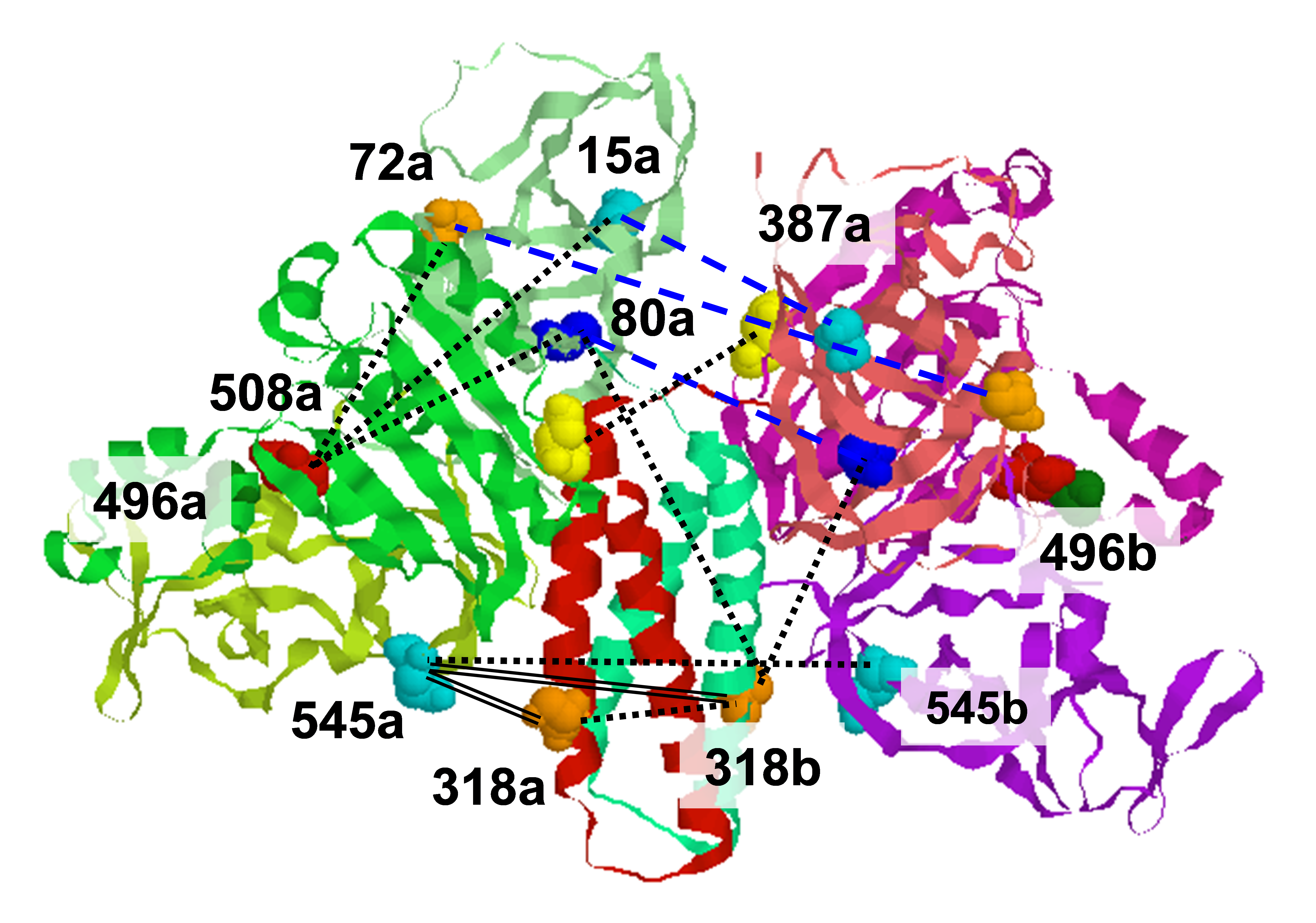.svg) National Institute of General Medical Sciences |
 |
 |
National Biomedical Resource for |
| Denoising of ESR Spectra |
|
1. NERD: This GUI software package implements wavelet-based denoising of CW-ESR and ENDOR signals (Fig. 1). The wavelet denoising method we developed and use is a significant improvement on standard wavelet denoising approaches. Key features include 1) excellent signal and noise resolution in the wavelet domain, 2) excellent noise thresholding, and 3) signal identification in the wavelet domain. It accurately recovers signals at SNR of unity and greater and improves SNR by about three orders of magnitude with high fidelity. The software inputs the noisy CW-ESR and ENDOR data and outputs the denoised data. 2. WavPDS: This GUI software package adapts the NERD wavelet-based denoising for PDS signals, incorporating PDS' special characteristics. WavPDS can reduce signal averaging times of the time-domain signals by as much as 2 orders of magnitude, while retaining the fidelity of the underlying signals. PDS data processed with WavPDS yields the distance distributions with more accurate detail and clearer separations of respective distances, which is especially important when the distributions are complex. The software inputs the noisy PDS data and outputs the denoised data. |
||||||
|
||||||
|
3. 1D SF-SVD: This GUI software package reconstructs the distance distributions from PDS signals for protein structure determination. It resolves multiple conformations, overcoming the limitations of Tikhonov regularization or model fitting methods. These older methods are either a compromise between good resolution and stability of the distance distribution or require a priori model functions to estimate them, so they may not accurately represent the actual distance distributions. Our 1D SF-SVD yields an optimum solution. Instead of solving for the full distance distribution at once, the method finds the optimal distribution value at each distance or distance range by determining each of their different singular value cut-offs. The software also estimates the uncertainty in the SF-SVD-generated solutions. 4. 2D SF-SVD: This GUI software package reconstructs the distance distributions from 2D PDS signals for studying time evolution of protein structure (Fig. 2). Two-dimensional DEER experiments allow one to distinguish distance populations of inter-exchanging biomolecular systems and are of considerable value for structural biology. The 2D SF-SVD enables their analysis by permitting independent and local refinement of the distances while collectively normalizing the 2D distributions to maintain scale and attain measurable population changes. This treatment improves distance resolution compared 1D approaches. |
|
© 2022 |
|
About ACERT Contact Us |
Research |
Outreach |
ACERT is supported by grant 1R24GM146107 from the National Institute of General Medical Sciences (NIGMS), part of the National Institutes of Health. |
|||||
| ||||||||